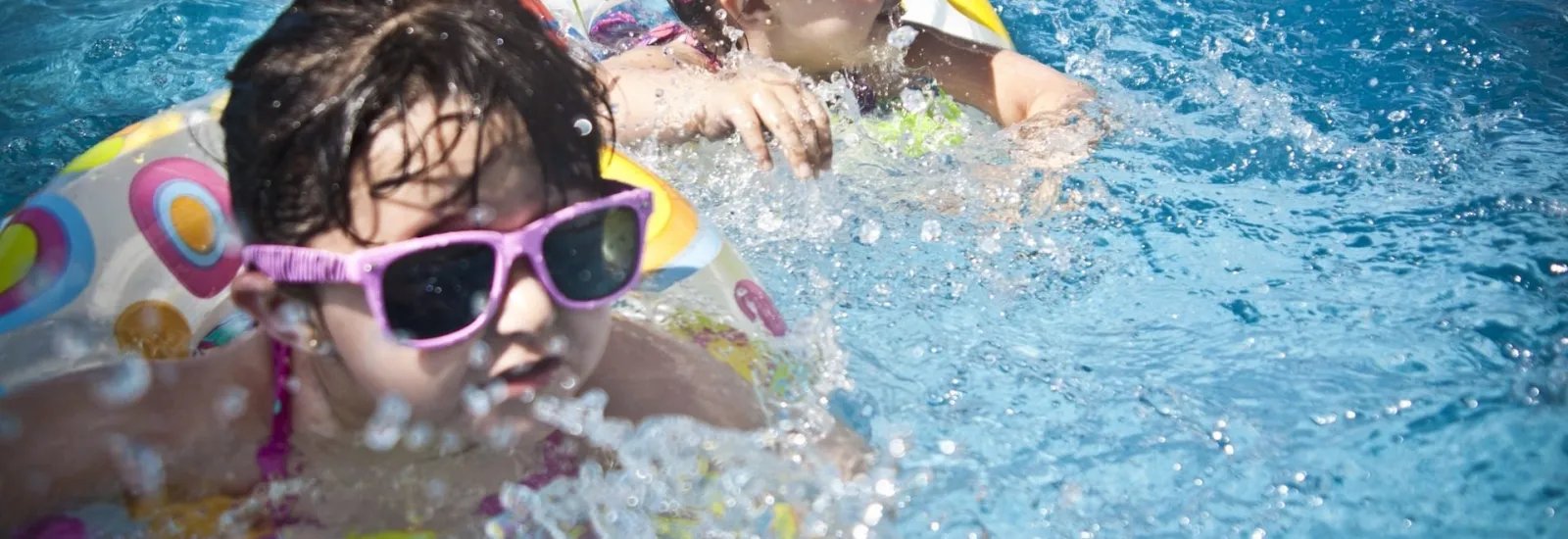
What causes fluid in the ear, and what does it mean?
Infections of both the outer and the middle ear can be attributed to fluid in the ear according to the Mayo Clinic and the National Institute on Deafness and Other Communication Disorders (NIDCD) respectively — but they are two different ailments with different treatments.
What causes an outer ear infection?
According to the Mayo Clinic when water remains in your ear after swimming the moisture can invite bacterial growth and then your outer ear canal can become infected. This outer ear infection (otitis externa) or swimmer’s ear can also happen when you put something — like a cotton swab — into your ear and it damages the skin that lines your ear canal.
If your child is suffering from swimmer’s ear they may complain of some itching or pain; they may have a hard time hearing and you may see yellowish pus ooze from the infected ear as the American Academy of Pediatrics (AAP) notes.
Treatment for an outer ear infection
When you bring your child to the doctor they may prescribe ear drops according to the AAP who also recommends using a preventative at-home solution after swimming to keep their ears dry.
The AAP also suggests that using cotton swabs to clean children’s ears may not be necessary.
What causes a middle ear infection?
The middle ear is on the other side of the eardrum from the ear canal. An infection of the middle ear usually stems from an illness in the sinus or throat such as a cold or an allergy as the Mayo Clinic notes. The nasal passages and eustachian tubes (tubes running from each middle ear to behind your nasal passages at the back of your throat) swell as a result of this kind of illness. This swelling along with mucus and inflammation can block the tubes and this can cause fluids to accumulate in the middle ear. The infection of this fluid is what produces middle ear infection symptoms.
One of the most common causes of hearing loss in children is fluid in the ear from a middle ear infection according to the American Speech-Language-Hearing Association (ASHA). Luckily this type of hearing loss called conductive hearing loss is not usually permanent.
Complications of a middle ear infection
As NIDCD notes sometimes middle ear infection symptoms subside but there’s still fluid trapped behind the eardrum (the doctor can see this with a special instrument). This is called otitis media with effusion; the fluid can stay for a long time or seems to keep coming back without any other signs of infection. It can affect hearing.
Treatment for a middle ear infection
Once your doctor is sure your child has a middle ear infection they will probably prescribe an antibiotic and perhaps a pain reliever as NIDCD notes. ASHA recommends that if you’ve already been to an otolaryngologist (ear nose and throat specialist) and your child continues to have ear infections or issues with fluid the next two specialists you’ll want to talk to are an audiologist and a speech pathologist.
Now that you know about the different types of ear infections learn more about the symptoms of an ear infection and how best to avoid a full-blown ear infection.
Image source: Pexels

